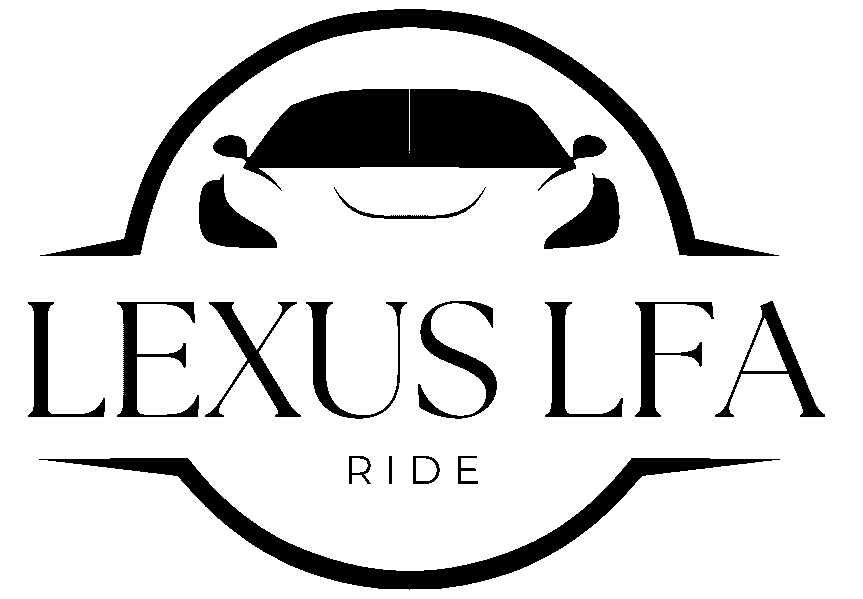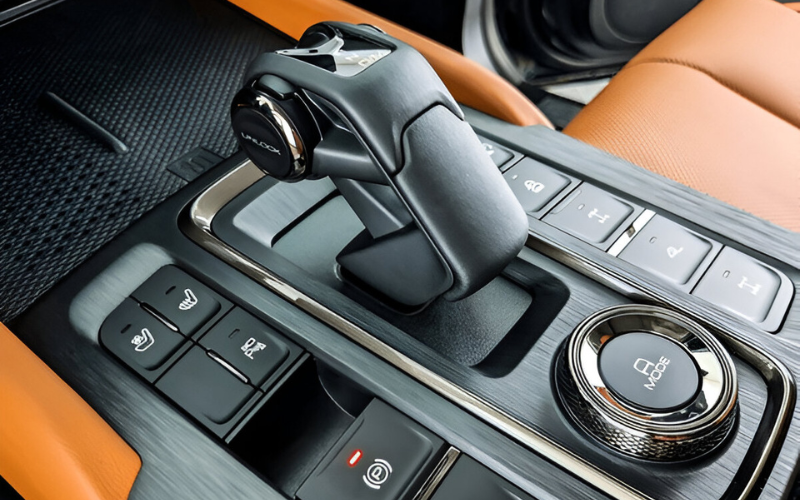Introduction
If you’re planning to travel or relocate, you may be wondering what it’s like to drive an automatic car in Europe. While manual transmission still dominates in many parts of the continent, automatic vehicles are becoming increasingly popular. Whether you’re renting for a short road trip or considering a purchase, understanding the local trends, driving conditions, and rental landscape can make your experience smoother. This guide walks you through everything you need to know — from availability to cost, and what to expect behind the wheel.
Why Automatic Cars Are Gaining Popularity in Europe
For decades, Europe has been known for its preference for manual cars. However, that trend is gradually shifting. More European drivers are now choosing automatic vehicles, and the reasons are practical.
One major factor is the growing convenience that automatic cars offer, especially in busy cities. With traffic congestion becoming a daily reality in urban areas like Paris, Rome, and Berlin, the ease of not having to constantly shift gears makes automatics more appealing. In stop-and-go traffic, driving becomes less stressful and more comfortable.
In addition, automatic cars are no longer seen as luxury items. With the rise of hybrid and electric models — which are almost always automatic — drivers across Europe are naturally transitioning toward automatic transmissions as part of the shift to greener mobility. Younger generations, too, are increasingly learning to drive in automatics, further fueling the change.
Renting an Automatic Car in Europe
If you’re visiting Europe and looking to rent a car, you might be surprised to learn that automatic vehicles are not as readily available as they are in countries like the U.S. or Canada. Still, availability is improving, especially in tourist-heavy countries like France, Italy, Spain, and Germany.
That said, rental companies tend to stock more manual cars, so automatic options are often limited — and more expensive. The key is to plan ahead. Booking your automatic car well in advance increases your chances of getting the model you want and avoids last-minute fees or substitutions.
It’s also helpful to search for international car rental brands that cater to tourists, as they typically carry more automatic vehicles. When booking, always double-check the transmission type in your reservation details to avoid surprises at pickup.
Costs and Fuel Efficiency Compared to Manual Cars
Automatic cars in Europe generally come with a higher price tag — both when renting and buying. This is partly due to lower supply and higher demand, especially among visitors unfamiliar with manual driving.
In terms of daily rental rates, automatics can cost 20–50% more than manuals, depending on the location and season. The same pricing trend is seen in the purchase market, where automatic versions of the same model often carry a premium.
Fuel efficiency also plays a role in driver preferences. Manuals have long been considered more fuel-efficient, especially on Europe’s winding country roads and varied terrain. However, newer automatic transmissions are closing the gap with improved technology and adaptive gear systems.
Are automatic cars less fuel-efficient in Europe?
Traditionally, yes — but that’s changing. Older automatic models did use more fuel, but modern designs have largely addressed this. In many cases, the difference in fuel efficiency between manual and automatic versions is now minimal, especially in hybrid or electric cars.
Automatic gearboxes have become smarter and more responsive, often matching or even outperforming manuals in city driving conditions. That said, if you plan to drive long distances across varying terrain, fuel efficiency might still tilt slightly in favor of manuals.
Driving an Automatic Car on European Roads
Driving an automatic car in Europe is generally a smooth experience, but there are a few things to keep in mind. The continent offers a wide range of driving environments, from the autobahns in Germany to the narrow, cobbled streets of old towns in Portugal or Greece.
Automatic transmissions can make navigating these varying road conditions easier for those unfamiliar with local driving customs. You’ll spend less time focusing on shifting gears and more time observing signs, speed limits, and unfamiliar road rules.
Different countries also have unique regulations. For instance, some cities in Italy have limited traffic zones (ZTLs), where non-resident vehicles are restricted. Knowing local laws, especially around speed cameras, toll roads, and environmental zones, can help avoid fines.
In mountain regions or rural areas, having an automatic car is beneficial for managing steep climbs and descents without juggling gears. Most modern automatics also come equipped with hill-start assist and descent control, making driving even more manageable.
Buying an Automatic Car in Europe: What to Expect
If you’re living in Europe and considering buying a car, automatic models are increasingly accessible. The market has expanded, especially with the rise in electric vehicles, which use automatic transmissions by default.
You’ll find that some brands offer a wider variety of automatics than others. German manufacturers like Volkswagen, BMW, and Audi provide solid options, as do brands like Toyota and Renault. Countries such as Sweden, the Netherlands, and Norway — where electric vehicles are more popular — have more automatic cars available for sale.
That said, the second-hand market for automatic cars is still limited in some countries. Manual cars dominate used listings, so if you’re looking for a budget-friendly automatic, you may need to be patient or expand your search radius.
It’s also worth checking local driving schools and licensing rules. In some countries, licenses are restricted based on the type of car you train in. A license obtained in an automatic car may not allow you to drive manuals legally, so be sure to understand the implications.
Conclusion
Driving an automatic car in Europe has never been easier — but it still comes with a few nuances. From rising demand in rentals to growing interest in automatic models among European buyers, the trend is clear: automatics are no longer the outlier they once were. Whether you’re renting for a holiday or buying your next car, understanding the local landscape will help you make informed choices and enjoy your time on the road.
For travelers, planning ahead can help secure the right vehicle and avoid extra fees. For residents, it’s a sign of a shifting automotive culture that’s leaning toward comfort, convenience, and cleaner technologies. Either way, using an automatic car in Europe is a smart and increasingly popular choice — one that’s reshaping how people move across the continent.
FAQ
Q1: Is it hard to find automatic rental cars in Europe?
Not hard, but they’re less common than manuals. Booking in advance is the best way to secure one.
Q2: Can I drive an automatic car in Europe with a U.S. license?
Yes, in most countries. However, some may require an International Driving Permit (IDP), so it’s best to check local requirements.
Q3: Why are most European cars still manual?
Manual cars are cheaper to buy and maintain, and many Europeans learn to drive them from the start. However, this is gradually changing.
Q4: Are automatic cars more expensive to maintain in Europe?
Generally, yes. Automatic transmissions can be more complex, and repairs or servicing may cost more than those for manual systems.

